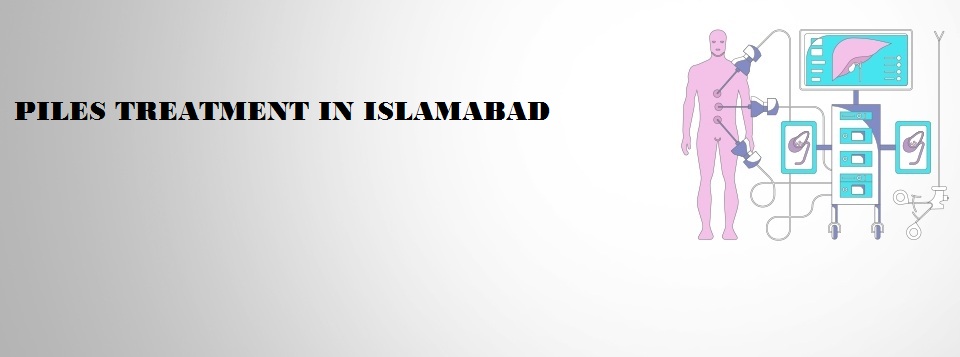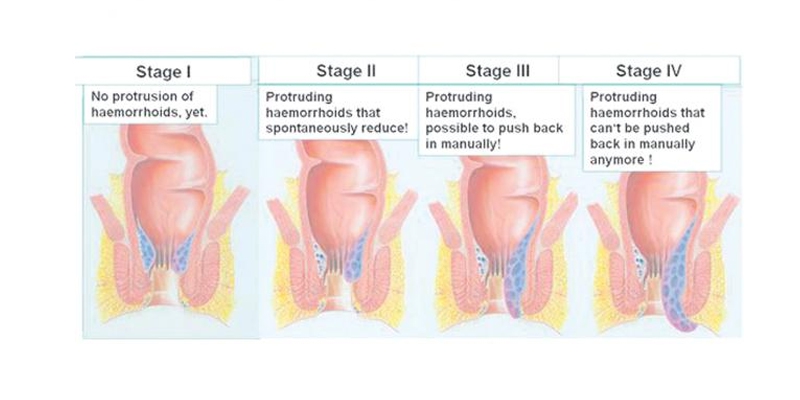- Islamabad, Pakistan.
- 0321 5110089
- info@tanseerasghar.com


Piles (or Haemorrhoids) are a very common ailment that may affect men or women at any age. These are caused due to continuous high pressure in the veins. Other causes include constipation, excessive straining during bowel movements and persistent diarrhea. Family inheritance is also seen. Women are more susceptible to piles in pregnancy as the pressure from the growing uterus restricts the blood flow in the pelvis. Lifestyle factors also have a contributory effect.

These are caused due to continuous high pressure in the veins of the anal region. Reasons may include chronic constipation, excessive straining during passage of stool, low fiber diet, or persistent diarrhea. Family inheritance is also a factor. Women are more susceptible to piles in pregnancy as the growing uterus imparts pressure on the area and restricts the blood flow in the pelvis. Lifestyle factors also have a major contributory effect. People are habitually constipated, overweight, lead a sedentary lifestyle with no or minimal physical activity. Habit of reading newspaper or e-news in toilet; eating junk, drinking less water are also the contributors.
In most cases, the symptoms and signs of piles have not any complications. Piles generally resolve on their own without showing any signs of seriousness after a few days and you may not even require any piles treatment.
In past, open surgery was the only option available. But today, with minimally invasive procedures, doctors approach for patient care has revolutionized.
New procedure for haemorrhoids is called 'Minimally Invasive Procedure for Piles' (MIPS), also called 'Stapler Haemorrhoidectomy'. It is less painful and
ensures early recovery.
The technique uses a stapling device and takes advantage of the fact that pain-sensing nerve fibres are not present high up in the anal canal. In this
procedure, the mucosa above the dentate line (containing part of pile mass) is excised and stapled with the stapler gun, thereby taking care of bleeding
and prolapse.
The pile masses are compressed into a cup like cavity inside the stapler. When fired, the titanium staples cut and seal simultaneously, causing minimal bleeding. As the cut line is above the nerves, there is less post-operative pain. Also, there is no incision on the perianal skin or lower part of anal canal and the wound in the anal mucosa is also primarily closed with a stapler, thus, there is no need to do any post-operative dressing.
Haemorrhoids are vascular structures in the anal canal which help in normal stool control. These are physiological cushions made up of arterio-venous channels and connective tissue. When these haemorrhoids become inflamed, they swell up and may get displaced outwards. This pathological state is called Piles (‘buasir’ in layman terms). These can be internal, external or mixed; and are graded as per appearance from I to IV. Piles are a very common ailment that may affect men or women at any age.